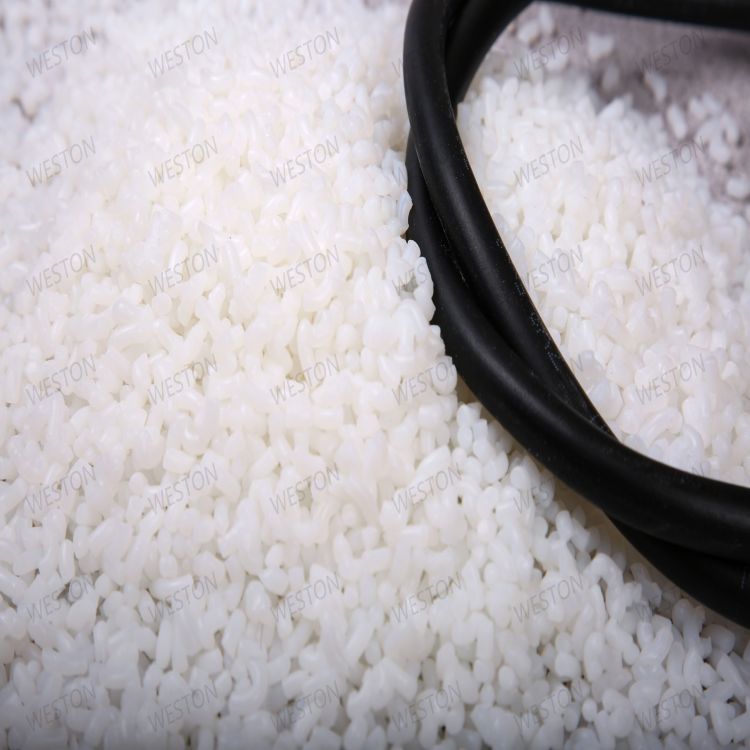-
Categories
-
Pharmaceutical Intermediates
-
Active Pharmaceutical Ingredients
-
Food Additives
- Industrial Coatings
- Agrochemicals
- Dyes and Pigments
- Surfactant
- Flavors and Fragrances
- Chemical Reagents
- Catalyst and Auxiliary
- Natural Products
- Inorganic Chemistry
-
Organic Chemistry
-
Biochemical Engineering
- Analytical Chemistry
- Cosmetic Ingredient
-
Pharmaceutical Intermediates
Promotion
ECHEMI Mall
Wholesale
Weekly Price
Exhibition
News
-
Trade Service
201×7 Strong Alkali Type I: domestically used names such as 717, Strong Alkali No.
201 × 7 strong base Type I: Domestic maiden 717,202,201 × 2,201 × 4,714 like; similar foreign brand AmberLite IRA-410 (US) and the like
[Structural formula]
[Physical and chemical properties] This product is a light yellow to golden yellow granular substance, with a particle size of 0.
201×7 strong base type I anion exchange resin is commonly used in boiler water treatment, and strong base type I is not used much.
201×7 strong base type I anion exchange resin is insoluble in water, acid, alkali and various organic solvents, but it expands or shrinks to different degrees in different types or media
ROH+NaHSiO 3 → RHSiO 3 +NaOH
[Preparation method] Prepared by chloromethylation method
① Preparation of styrene and divinylbenzene copolymer In an enamel (or stainless steel) reactor equipped with a speed-adjustable stirrer and a reflux condenser, add about one-half of the volume of pure water and the equivalent of 0.
②Chloromethylation of copolymer beads.
③ Amination of the copolymer In a certain volume enamel reactor equipped with a stirrer and a reflux condenser, a certain amount of dry chloromethylated beads and benzene are sequentially added, and stirred at room temperature to make the chloromethylated beads The body is fully expanded for 4h
The process flow is shown in Figure 9-5
Figure 9-5 Process flow for the preparation of 201×7 strong basic styrene anion exchange resin
The chloromethylation method has the advantages of mild reaction conditions, high yield, easy access to anion exchange resins with high exchange capacity and stable performance, low cost, and easy industrial production.
Related links: Anion exchange resin preparation method (3)







